By Tommy Clarkson from the November 2013 Edition
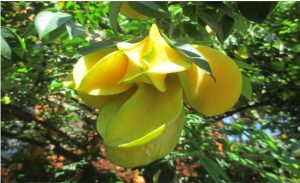
Averrhoa carambola
Also called: Carambola
In the jargon of my youth, the juicy, tropical Starfruit are cool! They have a very unique (Well, duh, star-shaped) appearance, are crisp in texture and have a sweet, slightly tangy flavor which stems from the fact that seldom do they have more than four percent sugar content which obviously lends to the nice tart, sour undertone to is juicy flavor.
Some folks have compared their taste to a blend of papaya, orange, and grapefruit, while others say, “No, it’s comparable to a mix of pineapple and lemon”. Yet others assert that it tastes like a combination of apple and grape! Well, if you’ve not yet tried one, I guess you’ll just have to make that determination for yourself!
Now cultivated throughout the Southern U.S. Caribbean and Latin America, the Star fruit is native to the Philippines, Indonesia, Malaysia, Southern China, India and Sri Lanka.
If you’ve the space in your yard or garden, this is a fun, small to medium sized fruit tree to have. They will grow – depending on the variety to between 12 to 33 feet tall (six to ten meters) and spreading up to 20-25 feet (six to 7.6 meters) in diameter. An evergreen, its leaves are compound six to twelve inches long (15 to 30 cm) that are arranged alternately on branches. Each leaf has five to twelve green leaflets 0.5 to 3.5 inches long (1.5 to 9 cm) and 0.4 to 1.8 inches wide (1 to 4.5 cm). The tree’s flowers are generally borne on panicles on twigs, or smallish branches. They are small (3/8 inch or 1 cm in diameter) and pink to lavender in color with five petals and sepals.
While not too particular about their soil type (though they will grow faster and produce more fruit if rooted in more organic material) they do enjoy a balanced liquid fertilizer four to five times a year or a slow release granular fertilizer several times during the growing season.
They like/need regular watering and want to be planted in a location where they can bask in full sun all day and will grow best in a location that is sheltered from the wind. And, obviously, they need good drainage and like most of us detest having sustained, wet feet.
Mulching helps retain soil moisture, reduces weed problems and improves the soil near the surface. Place mulch is a two to six inch (5-15 cm) layer keeping it eight to twelve inches (20-30 cm) from the trunk.
Their fruits are about 2 to 6 inches (5.1 to 15 cm) in length and ovate to ellipsoid in shape. They usually have five prominent longitudinal ridges, but might have as little as four or as many as eight. Its skin is thin, smooth, and waxy. The flesh is a translucent yellow in color. Each fruit can have 10 to 12 flat light brown seeds about 0.25 to 0.5 in (0.64 to 1.3 cm) in width that are enclosed in gelatinous aril (a fleshy seed cover)
The Starfruit may also be used in cooking. In Southeast Asia, they are often stewed in cloves and sugar and sometimes with apples while in China, they are cooked with fish. In Australia, they may be cooked as a vegetable, pickled, or made into jams, whereas in Jamaica they are sometimes dried. Unripe and sour fruits can be mixed with other chopped spices to make relishes, eaten after being dipped in or sprinkled with rock salt or cooked together with shrimp. The juice from this fruit can be incorporated into iced drinks, blended into a sherbet, used as a seasoning or simply bottled for drinking.
Research has found this fruit to be rich in antioxidants, potassium, and vitamin C while low in sugar and sodium. And, (Self, take note!) with only 30 calories per fruit plus lots of fiber, star fruit is a great choice for anyone needing to lose weight. Also, in that they are full of antioxidants and flavonoids they’re generally reported to be very healthful.
Now, that having been said, there are two main types of Averrhoa carambola, the small sour/tart type and the larger sweet ones. The former have a higher oxalic acid content about which there is conflicted discussion regarding its possible impediment of the absorption of calcium in the human body and harmfulness to individuals suffering with kidney problems. (I leave this to you to research and determine on your own. But for me, I like and often enjoy Starfruit!)
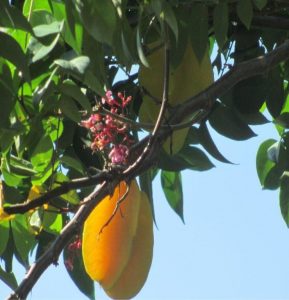
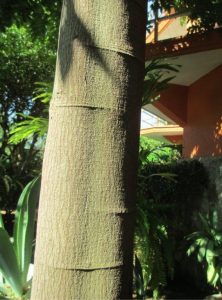
Even the trunk of the Starfruit Tree is a bit different!
Download the full edition or view it online
—
Tommy Clarkson is a bit of a renaissance man. He’s lived and worked in locales as disparate as the 1.2 square mile island of Kwajalein to war-torn Iraq, from aboard he and Patty’s boat berthed out of Sea Bright, NJ to Thailand, Germany, Hawaii and Viet Nam; He’s taught classes and courses on creative writing and mass communications from the elementary grades to graduate level; He’s spoken to a wide array of meetings, conferences and assemblages on topics as varied as Buddhism, strategic marketing and tropical plants; In the latter category he and Patty’s recently book, “The Civilized Jungle” – written for the lay gardener – has been heralded as “the best tropical plant book in the last ten years”; And, according to Trip Advisor, their spectacular tropical creation – Ola Brisa Gardens – is the “Number One Tour destination in Manzanillo”.
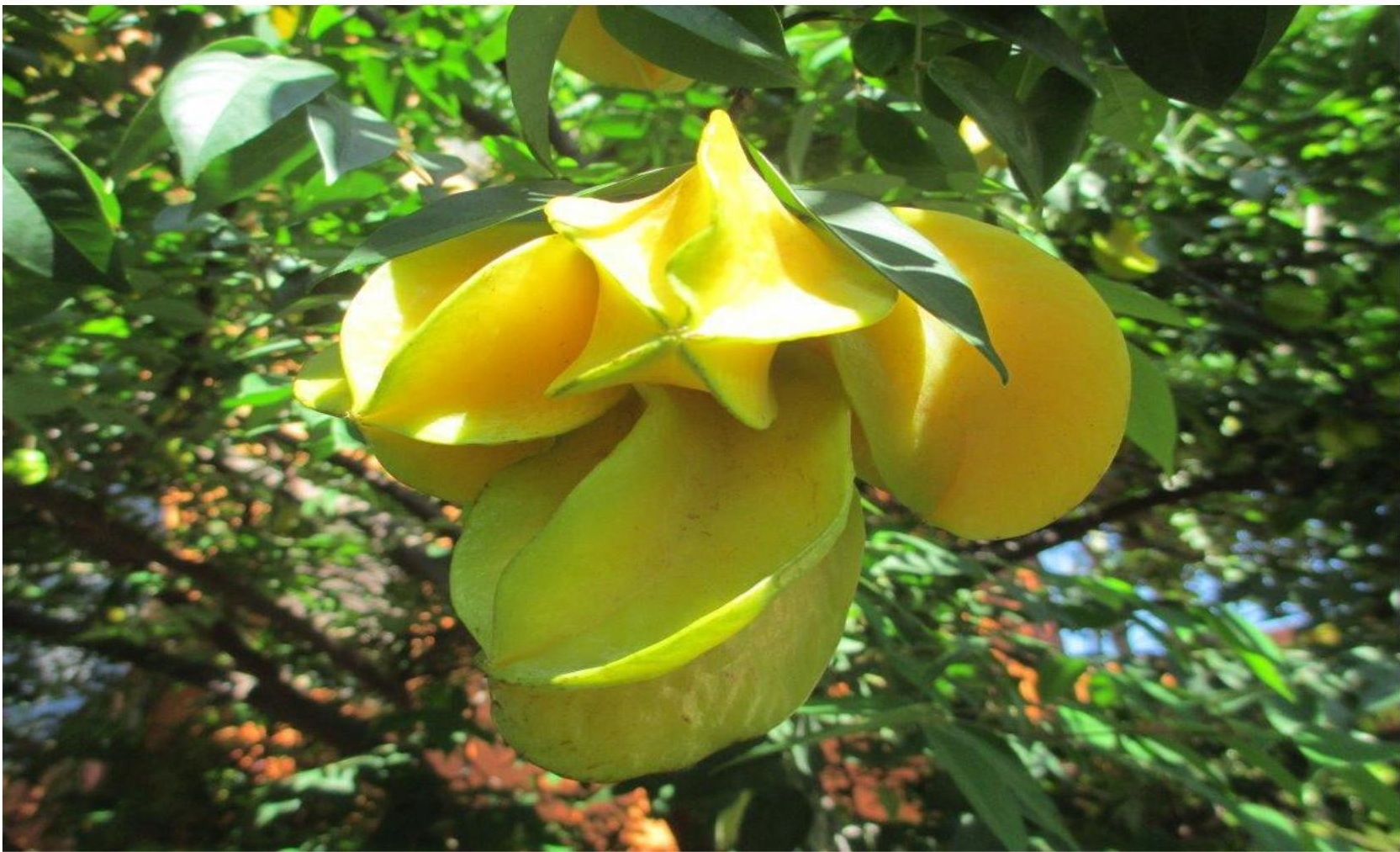

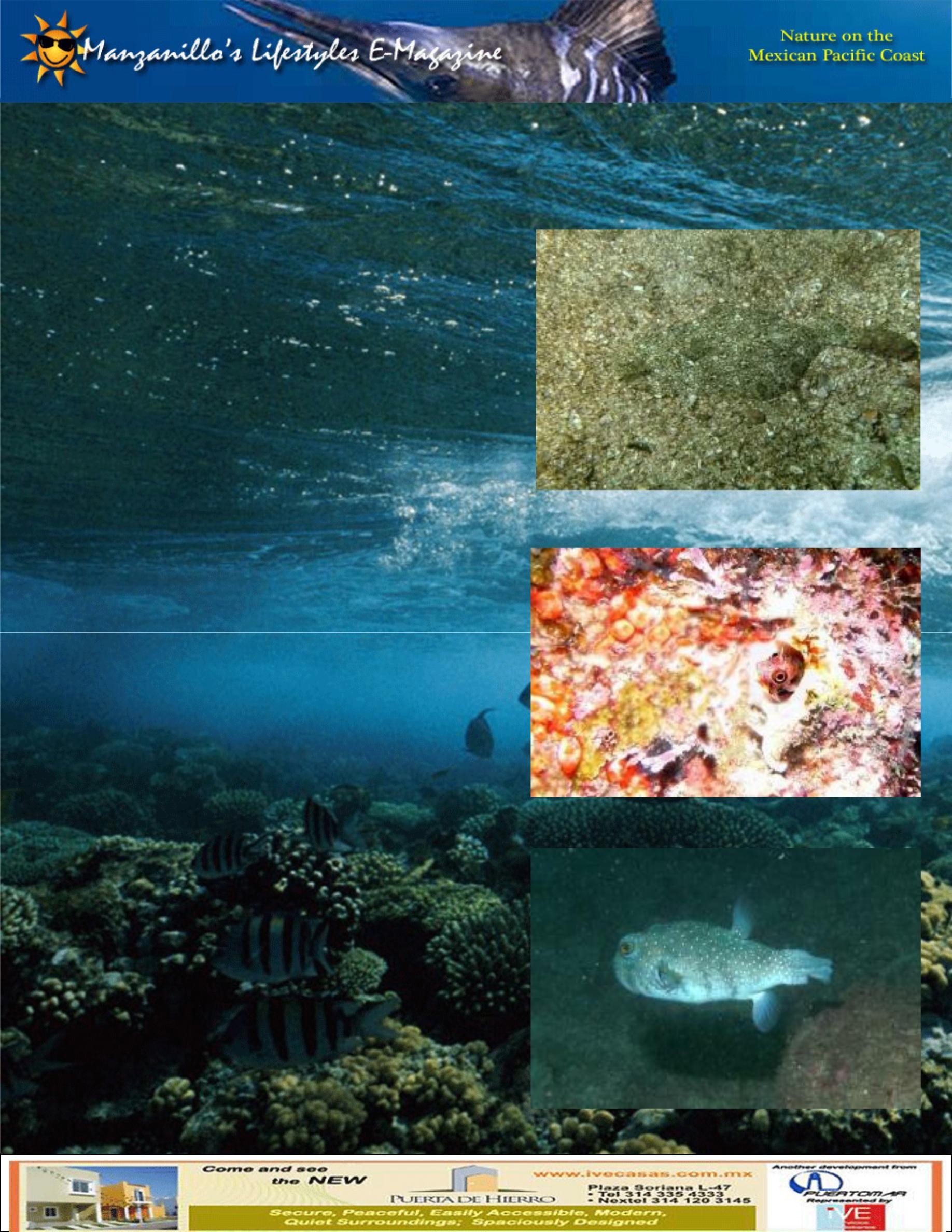

You must be logged in to post a comment.